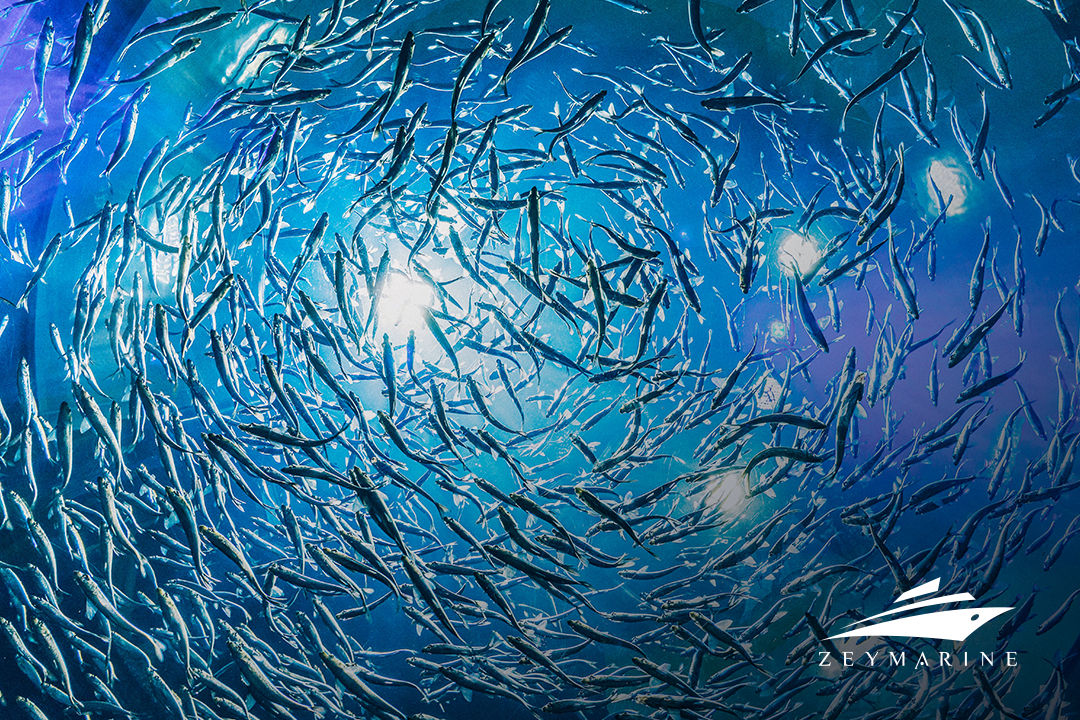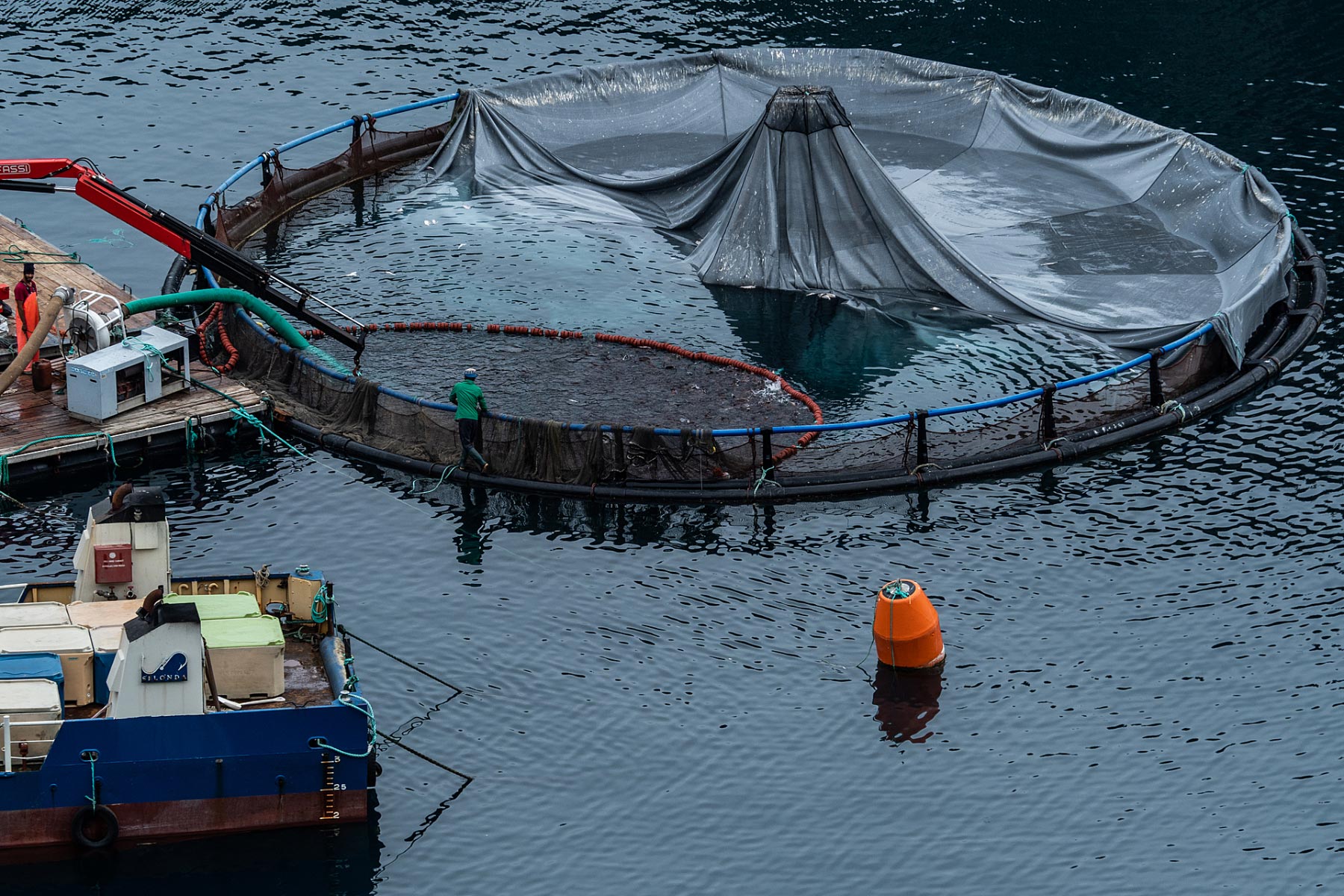Blue planet. For most shipping business employees, seas are not only a working field but also a passion. In shipping, nearly everything relies on water. Just like every other aspect that makes our lives livable. Now, deep oceans are on the urge to make more possible. Can oceans save agriculture? Let’s dive in and get wind of the blue revolution.
Why agriculture is in a crisis?
When people began domesticating plants and animals some 10,000 years ago, agricultural communities began to arise. Families and broader groups were able to establish communities by cultivating domesticity, moving away from a nomadic hunter-gatherer lifestyle that depended on foraging and hunting for the sake of life.
Since then, one of the most prominent industries in the world’s economy is, without a doubt, agriculture. It is fundamental in providing food security as it is the primary source of nourishment for the vast majority of the world’s population. Even protein sources rely more on agriculture than animal husbandry.
A number of issues have recently been encountered in agriculture, including the consequences of climate change, declining arable land, and soaring food demand. The world needs a fresh strategy to overcome these obstacles and assure sustainable agriculture. This is where the blue revolution takes place.
Blue Revolution
Aquaculture, or fish farming, integration into conventional agriculture is referred to as the “blue revolution” in agriculture. It is called the “blue revolution” because it involves raising fish and other aquatic species in lakes, ponds, and rivers for sustenance. In other words, it helps make aquaculture a sustainable food source. Increased food production, lessening the strain on wild fish populations, and better lifestyles for farmers and communities are just a few advantages of this strategy.
The blue revolution actually took its roots in the 1960s when the green revolution was taken into place. However, it is not finished and still, there is plenty of roads ahead. To meet the growing demand for protein for human consumption, aquaculture is a rapidly growing industry.
Today, only 2% of the world’s food supply comes from the ocean. However, due to the known fact that the majority of the planet is covered with oceans, aquaculture has vast potential.
What is visible is a considerable rise in meat consumption, thus producing it requires a significant amount of energy, water, and emits significant emissions. Wild fisheries are deteriorating at the same time. Aquaculture may be the best source of sustainable human protein. Currently, fifty percent of the world’s seafood is produced through fish farming. Most of it takes place along coastlines, seriously polluting the water.
The seafloor is frequently cleaned in large offshore enclosures that are anchored. The aquaculture industry may expand significantly as a result of those farms, other innovative forms of aquaculture, and measures that improve coastal operations.
Advantages
The blue revolution’s capacity to boost food production is one of its key benefits. Farmers can improve their overall food output by growing both crops and fish by integrating aquaculture into traditional agriculture. Fish is a rich source of protein, which is crucial for human nutrition and health. As the world’s population continues to grow and the demand for food sources high in protein rises, the blue revolution also provides a solution to the rising demand for fish. (The United Nations projects that the global population will reach 9.7 billion people in 2050)
Another advantage of the blue revolution is that it can reduce the pressure on wild fish populations. Wild fish populations are decreasing as a result of overfishing and loss of habitat, which has a detrimental effect on the world’s food security. A sustainable answer to this issue is provided by the blue revolution, which integrates fish aquaculture with agriculture. Fish are produced and grown in fish farms under controlled conditions, reducing their negative effects on wild populations and the environment.
The blue revolution also offers improved livelihood options for communities and farmers. Farmers may be able to supplement their current income streams and reduce their reliance on traditional agriculture by engaging in aquaculture. In rural places, where employment prospects are frequently few, the blue revolution may also broaden employment opportunities.
The blue revolution in agriculture provides a route to sustainable farming that addresses the issues the industry is currently facing. The blue revolution increases food production, relieves strain on wild fish populations, and improves farmer and community livelihoods by incorporating aquaculture into conventional agriculture. It offers a way to a more sustainable future for all of us and is a hopeful solution to the problem of global food security.








